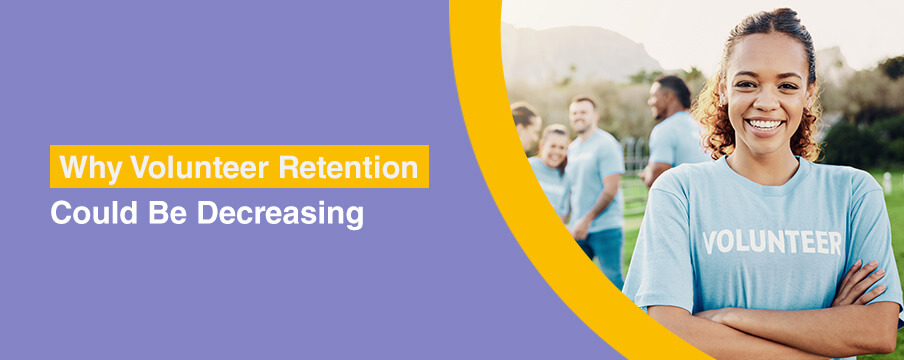Volunteering is one of the few things in life that many people do without any other ulterior motives. Volunteers give their time and energy to benefit others, animals, or the environment — and expect nothing in return. However, if you’re a regular volunteer, your hard work might just pay off, as some institutions have scholarships
Continue Reading “5 National Scholarships for Volunteering You Can Apply For”





